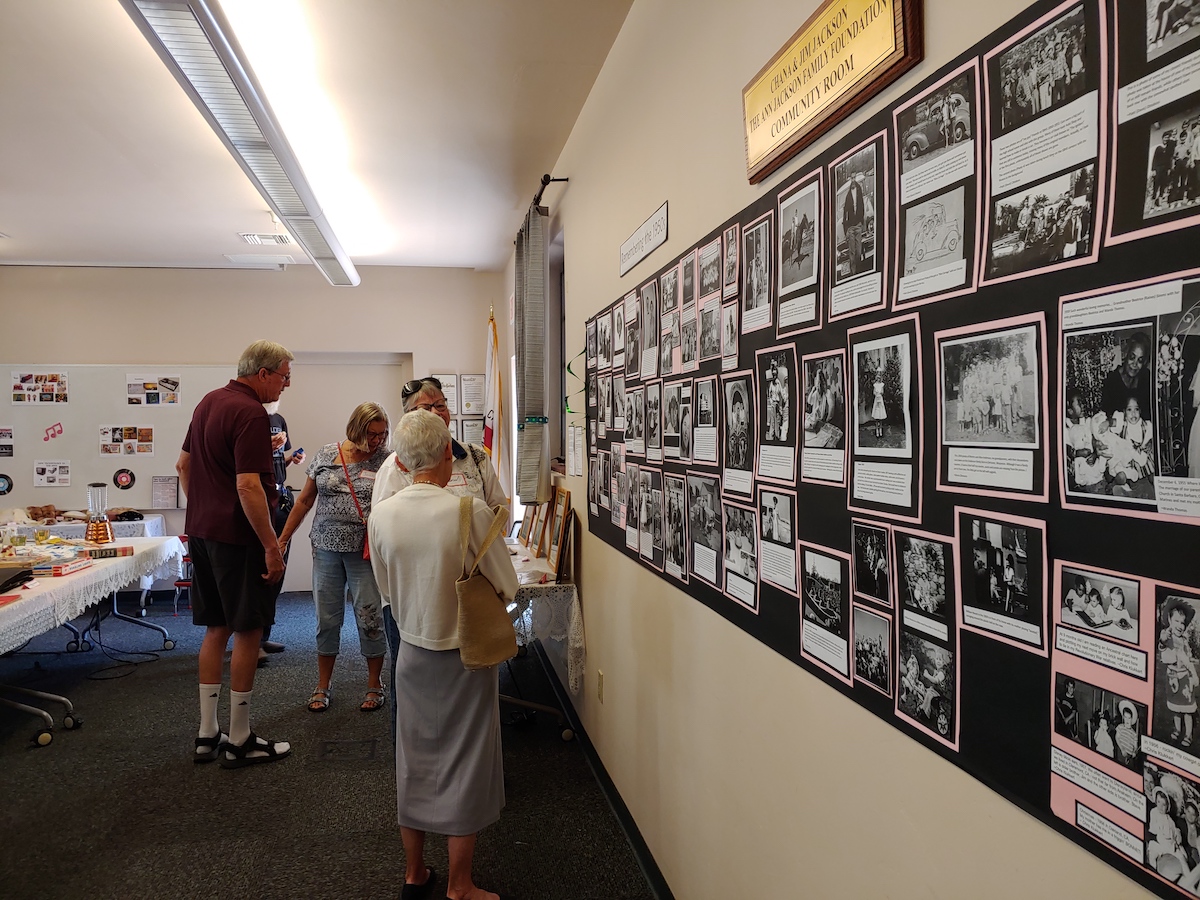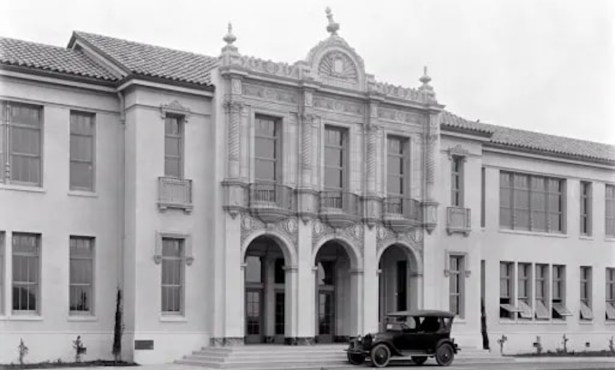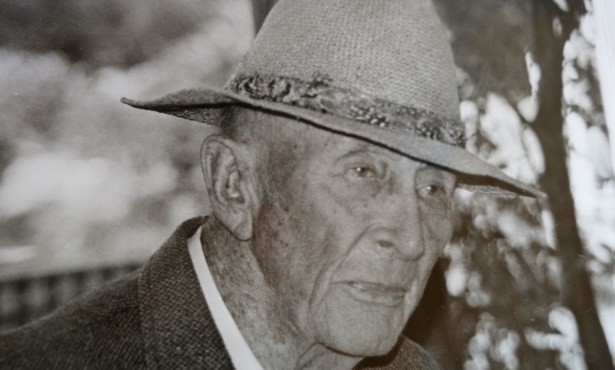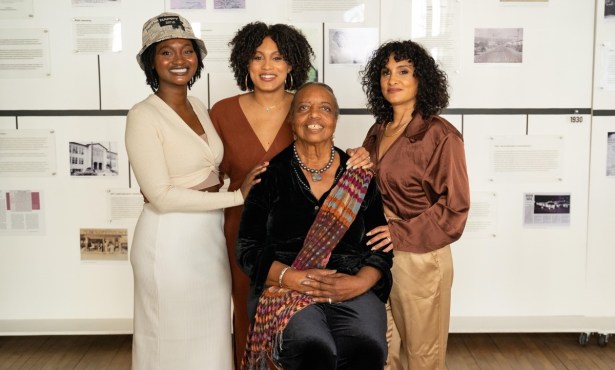Take a Trip Through 1950 Santa Barbara With Un-redacted Census Data
Specific Details on Individuals and Homes from Decennial Census Released After 72 Years

Christmas came in April this year for the Santa Barbara County Genealogical Society.
Seventy-two years ago, the 1950 decennial census was taken across the nation, and the results were stashed in the National Archives. Collecting information about age, sex, race, employment, military service, and more, the census provided important data about the U.S. population, but the specifics were not released due to a rule that has kept the details of every census since 1870 private from the public for 72 years.
Now, this treasure trove of un-redacted information from the mid-20th century has been released, enabling everyone to go back in time and discover secrets about family histories, famous persons, or next-door neighbors from the ’50s.
“We’ve been helping others find their families in the census. At our 1950 census party, I helped someone find their father at a university,” explained Holly Snyder, the Outreach Chair at the Santa Barbara County Genealogical Society. “It’s exciting to be part of their journey in finding their ancestors!”
In 1950, Santa Barbara was a very different place. The city population was half of what it is today, and the county population was one fourth. UCSB was still “The Santa Barbara College of the University of California” located on the Riviera, moving to Goleta later in 1954 and becoming UCSB in 1958. Lake Cachuma didn’t exist yet, with the Bradbury Dam only just beginning construction in 1950. Meanwhile, Goleta was still dominated by large ranches rather than suburban development.
A decade earlier, the 1940 census had asked which households owned a radio, but by 1950, that question was gone. Instead, the new census asked different questions about employment and education, along with questions about military service influenced by the recent end of World War II. Many prior censuses had asked where people were living five years previously to gain insights into immigration; the 1950 census asked where people had lived just one year before because so many had been serving overseas in 1945.
For anyone who’s curious about their family’s past, or who lived in their home 72 years ago, the data release offers a unique window into Santa Barbara life at the time. “We tend to not ask our parents and grandparents what it was like back then,” Snyder pointed out. “This is a good opportunity to start that conversation and capture their stories for future generations.”
Support the Santa Barbara Independent through a long-term or a single contribution.



